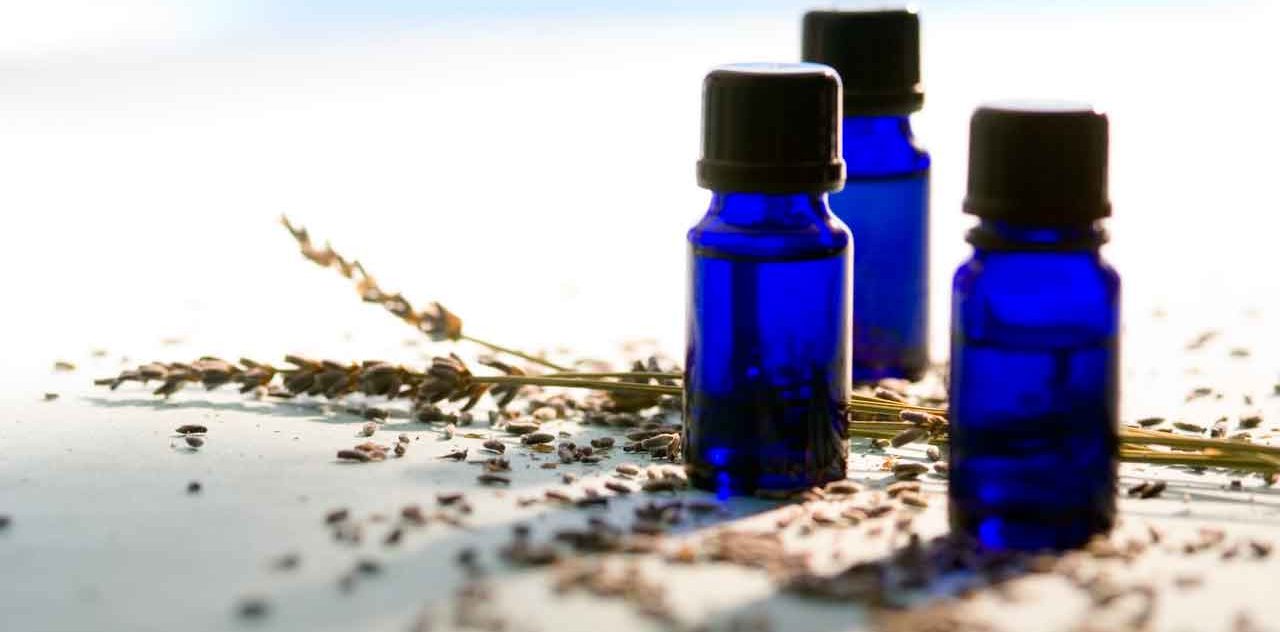How to Use Essential Oils

Essential oils have been used for thousands of years, dating back to the Egyptians. Discover the science behind a growing trend, how to use essential oils, and whether they’re right for you.
Essential oils have been used for thousands of years, dating back at least to the Egyptians. They can be made from virtually any plant. Common methods for obtaining the "essence" of a plant include steam distillation and expelling (orange rinds can be crushed to release their oil, for example). In industrial settings, such as large perfumeries, chemical solvents are increasingly used, though their use is controversial in other settings (such as aromatherapy or medicine).
However they're extracted, essential oils tend to be expensive because so much of a plant is required — as much as a room's worth to produce even a tiny bottle.
YOU MIGHT ALSO LIKE: You’re Wasting Your Money on Multivitamins
What are essential oils, and do they work?
Many common medicines have been derived from plants — aspirin, for example, was derived from the willow tree — while codeine and morphine, some of the strongest painkillers known to medicine, come from poppy plants.
Just as those drugs constitute serious medicine, so do essential oils. Yet in the United States, if a product doesn't make a medical claim, it's not regulated by the Food and Drug Administration (FDA), which instead treats it like a cosmetic. (Meanwhile, the U.S. Federal Trade Commission regulates advertising. That's why you won't see claims for medicinal effects on essential oil packaging, but you may find them in advertisements — always with a disclaimer referring to the FDA.) Ultimately, this alphabet soup of regulations means there are few legislated safeguards in place to ensure you know what you're getting when you buy an essential oil.
There are other problems, too. Like wine, which can vary in quality based on factors like the season and location in which the grapes are grown, essential oils can vary depending on the growing conditions of the plants used to produce them. That means even oils from the same plant can vary from batch to batch. To make things even more complex, many plants contain dozens if not hundreds of as-yet-unidentified compounds — and varying those compounds may result in unexpected consequences.
Scientific studies on essential oils
This variability makes studying essential oils within the rigorous constraints of clinical trials, which demand consistency and reliability, difficult. Yet researchers are becoming increasingly interested in the organic compounds contained within many forms of plant life.
You may already be familiar with one common use of essential oils: aromatherapy. Anyone who's relaxed at the smell of baking cookies might guess it's not just hype. In fact, scientific research supports the claim that aromatherapy can alter mood. In fact, one study found inhaling stimulating scents — such as pepper or grapefruit — nearly doubled nervous system activity (as measured by blood pressure and other factors), on average, while inhaling soothing scents like rose or patchouli oil decreased nervous system activity by 40 percent. Similar results have been shown in animals.
Products with essential oils
Essential oils are also found in one product you probably know: Listerine. The ubiquitous mouthwash is made with menthol (from mint), thymol (from thyme), methyl salicylate (from wintergreen), and eucalyptol (from, of course, eucalyptus). A recent review of studies found Listerine to be effective in controlling plaque and gingivitis. Though sponsored by its manufacturer, Johnson and Johnson, the study was unique in that it included every trial the company has conducted of the mouthwash over more than 30 years, including previously unpublished data.
Research into the use of essential oils in dentistry as well as other fields continues, because they're emerging as a potential alternative to the use of antibiotics. In an age of antibiotic overprescription — and increasing antibiotic resistance — essential oils may present a solution. Thyme and tea tree oil have been found to be effective antibacterials in a number of studies: tea tree oil, for example, against the staph "superbug" MRSA as well as E. coli. Meanwhile, an essential oil made from an Asian herb, Houttuynia cordata, shows promise against virus-borne illnesses like flu, herpes simplex, even HIV.
How to use essential oils
While research is ongoing, if you'd like to try them, be very careful. Check manufacturer information for how to use essential oils: do they provide quality assurances, or abide by standards such as those set by the International Standards Organization or another reputable certifying body? Read customer reviews, and never buy from a manufacturer you don't trust. When you do buy, it's best to buy oils made from organic or wild-harvested plants (to avoid concentrated pesticide residue).
You should also use essential oils carefully. Since they're powerful concentrates, you should strongly dilute them in water or oil if applied to your skin — check instructions, but no more than a few drops (5 to 10) for every 2 ounces is usually sufficient. Any more, and you risk skin irritation or more serious complications. In the absence of further research, it's best to avoid ingesting essential oils altogether: some have been shown to lead to liver damage, among other harmful effects.
Be especially cautious with children and animals, since their smaller bodies mean effects will be even more pronounced. One veterinary journal reported a case of three cats bathed in 100 percent tea tree oil; one died, and the other two suffered severe complications. If you'd like to use essential oils with pets or kids, aromatherapy may be safest: simply place a few drops in a diffuser around the house.
Updated:
March 31, 2020
Reviewed By:
Janet O’Dell, RN